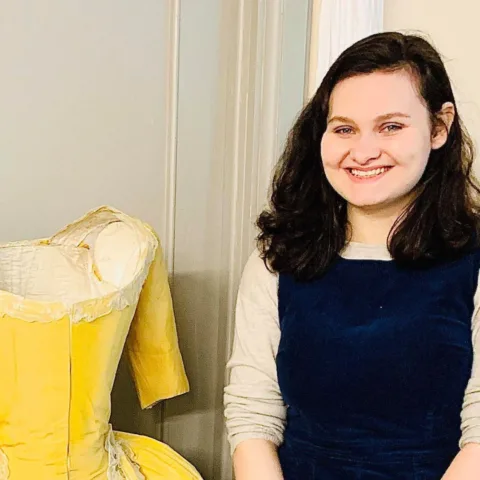The Bowes Museum Blog

The Dacre Hall Chimneypiece
The Dacre Hall chimneypiece is now back in its original home in the Dacre Hall, next to Lanercost Priory in Cumbria. In March this year The Bowes Museum released it to go back on long term loan to the newly restored Hall. After consulting with The Bowes Museum’s Principal Keeper and Conservation Manager, Rupert McBain, a furniture conservator, and his staff spent a week carefully rebuilding and fixing the chimneypiece in place around the fireplace it was originally made for in 1618.
There was a grand opening on Friday 23 when Bob Van Gulik, the Project Manager for the Dacre Hall’s restoration said: “It’s certainly not your average village hall and the mantel makes it even more special.”
The fireplace has an interesting history. After the dissolution of the monastries, Henry VIII gave Lanercost Priory to Sir Thomas Dacre who created a new hall in the old prior’s lodgings, and commissioned this chimneypiece for it. The chimneypiece bears three coats-of-arms: that of Sir Thomas (left), his son Christopher Dacre (centre) and his second son Henry Dacre (right).
In the 17th century the Dacres fell on hard times and the chimneypiece was removed to Kirklinton Hall, Cumbria. The fireplace was then purchased in 1952 by The BowesMuseum with the help of the V&A Museum Purchase Grant Fund. Several years later the hall fell into disrepair and is now just a shell, so it was a narrow escape for the fireplace.
It then went on show at the Bowes until 2009 when it was removed and put into storage to allow for the new English Interiors Gallery on the first floor. There had been ongoing discussions with English Heritage and the Lanercost Hall Committee since 2007 for the long term loan of the chimneypiece to Lanercost Hall, its original home and in March 2012 it went back to its original home.
In the 17th Century the fireplace would have been an awesome piece of architecture which Sir Thomas Dacre would have used to show how wealthy and powerful he was. There were very few similar examples anywhere else in the country, and the hall would have had painted walls with heraldic designs reflecting the fact that at one stage the Dacres were the 6th most powerful family in the land.
Jon Old, Conservation Manager









